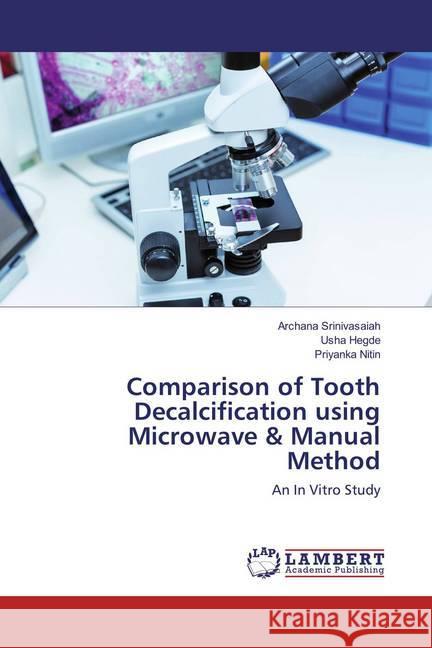Comparison of Tooth Decalcification using Microwave & Manual Method : An In Vitro Study » książka
Comparison of Tooth Decalcification using Microwave & Manual Method : An In Vitro Study
ISBN-13: 9783659835902 / Angielski / Miękka / 2016 / 96 str.
In routine histopathology, decalcification of teeth is an essential and important step during tissue processing which is done by conventional method. Use of microwave oven for decalcification has been tried to decrease the time of reporting. Hence, the present study was attempted to decalcify teeth using microwave method and to compare it with conventional decalcification method. The aim of the study was to compare microwave decalcification with conventional decalcification method with respect to speed of decalcification, preservation of tissue structure and efficacy of staining. A total of 72 single rooted premolars were used for both conventional and microwave decalcification methods. Three different types of decalcifying agents i.e. nitric acid, formic acid and trichloroacetic acid each at 5% and 7% were used. After decalcification, all the teeth were examined macroscopically and microscopically. 5% nitric acid by microwave method proved to be the best decalcifying agent as it was fast, produced very minimal tissue tearing and shrinkage and gave good structural details and staining characteristics.











